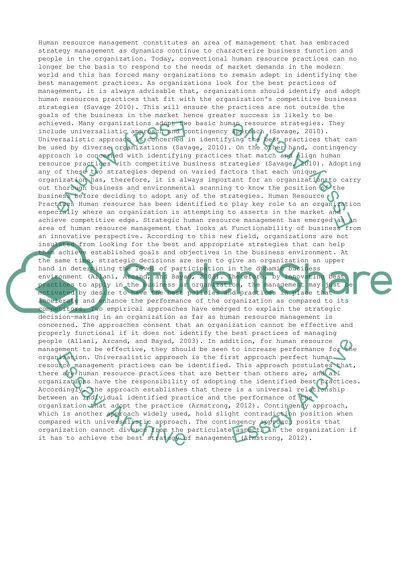Cite this document
(“Human resources and strategic planning Essay Example | Topics and Well Written Essays - 2000 words”, n.d.)
Human resources and strategic planning Essay Example | Topics and Well Written Essays - 2000 words. Retrieved from https://studentshare.org/management/1441275-human-resources-and-strategic-planning
Human resources and strategic planning Essay Example | Topics and Well Written Essays - 2000 words. Retrieved from https://studentshare.org/management/1441275-human-resources-and-strategic-planning
(Human Resources and Strategic Planning Essay Example | Topics and Well Written Essays - 2000 Words)
Human Resources and Strategic Planning Essay Example | Topics and Well Written Essays - 2000 Words. https://studentshare.org/management/1441275-human-resources-and-strategic-planning.
Human Resources and Strategic Planning Essay Example | Topics and Well Written Essays - 2000 Words. https://studentshare.org/management/1441275-human-resources-and-strategic-planning.
“Human Resources and Strategic Planning Essay Example | Topics and Well Written Essays - 2000 Words”, n.d. https://studentshare.org/management/1441275-human-resources-and-strategic-planning.


